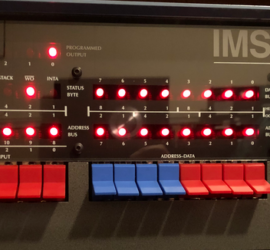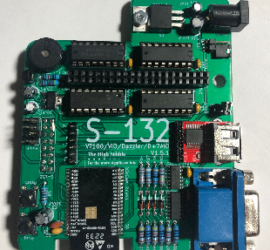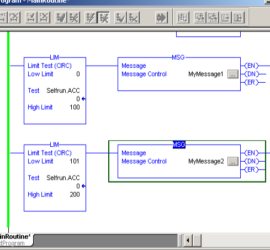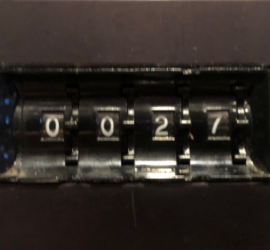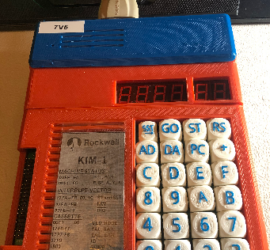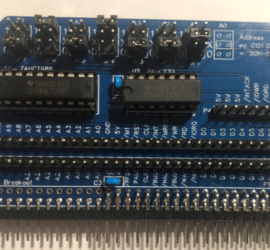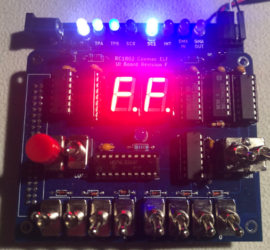Z80ASM on IMSAI 8080
Introduction to the Z80ASM on IMSAI 8080 (Assembly Language) Running Z80ASM on the IMSAI 8080 allows you to assemble a program right on your IMSAI. In other words, you don’t need to rely on another computer to assemble your program. You can create a text file containing your program. After Read More »

